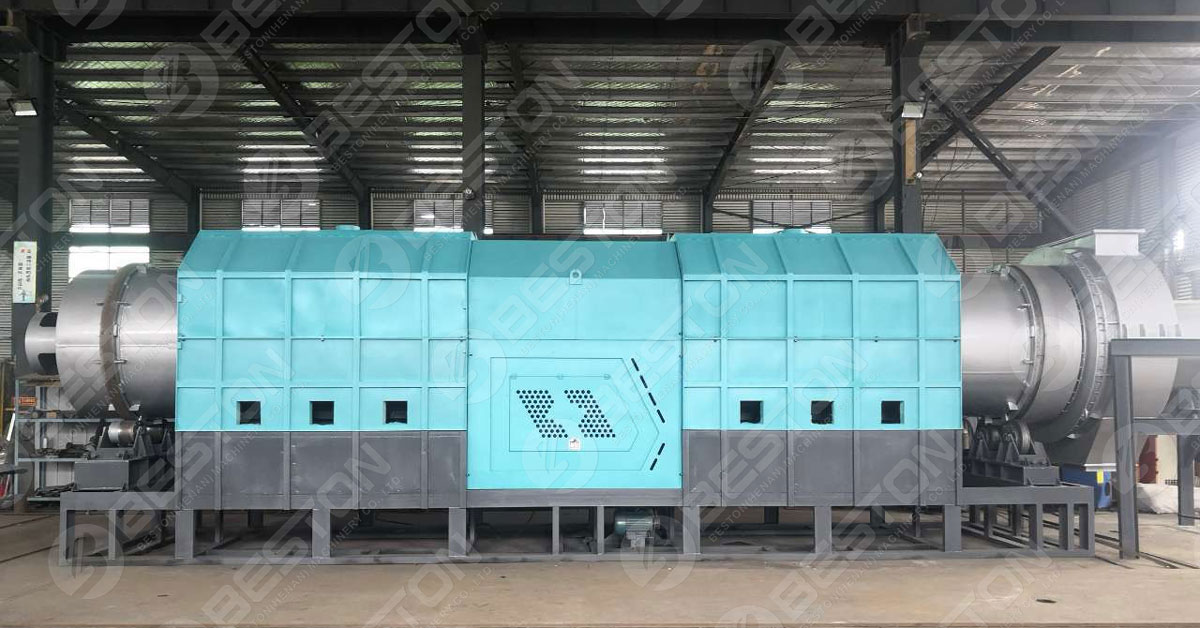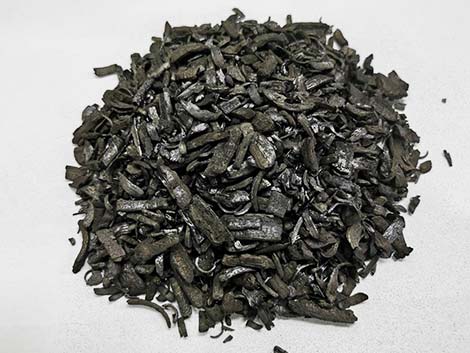As the world grapples with the challenges of climate change and environmental degradation, finding sustainable solutions for waste management has become a top priority. In the agricultural sector, the disposal of crop residues and other organic waste poses a significant challenge. However, with the advent of carbonization machines, agriculture waste recycling has taken a remarkable leap forward. This article explores the concept, functioning, benefits, and potential applications of carbonization machines in transforming agricultural waste into valuable resources. Before getting this machine, know carbonization machine cost.

Understanding Carbonization Machines:
Carbonization machines, also known as biomass carbonizers or pyrolysis equipment, are advanced technological systems designed to convert various forms of organic waste into biochar, a charcoal-like substance rich in carbon. The process involves heating biomass feedstock in an oxygen-limited environment, leading to the breakdown of organic materials into three main components: biochar, combustible gases, and pyrolysis oil.
Functioning of Carbonization Machines:
Carbonization machines employ a controlled pyrolysis process to ensure efficient and sustainable conversion of agricultural waste. The primary steps involved include feeding the biomass into a sealed reactor, heating it gradually through a thermal insulation system, and maintaining the desired temperature range for optimal carbonization. The resulting products are then collected, and the combustible gases can be recycled for energy generation.
Benefits of Carbonization Machines:
a) Waste Reduction and Environmental Impact:
Charcoal production plant offers a viable solution to the problem of agricultural waste accumulation. By converting crop residues, coconut shells, sawdust, and other organic waste into biochar, these machines significantly reduce waste volume while mitigating harmful methane emissions from traditional disposal methods such as open burning.

b) Soil Improvement and Carbon Sequestration:
Biochar produced by carbonization machines possesses excellent properties for soil amendment. When incorporated into agricultural fields, biochar enhances soil fertility, water retention, and nutrient availability, leading to improved crop yields. Moreover, the carbon content in biochar allows for long-term carbon sequestration, contributing to climate change mitigation efforts.
c) Renewable Energy Generation:
In addition to biochar, carbonization machines produce combustible gases that can be utilized as a renewable energy source. These gases, such as methane and hydrogen, can be used for heating, electricity generation, or even as fuel for vehicles. By harnessing these energy-rich byproducts, carbonization machines contribute to a sustainable energy transition.
d) Economic Opportunities:
The adoption of carbonization machines presents economic benefits at various levels. Farmers and waste management organizations can generate income by selling biochar and other byproducts. Additionally, the use of biochar as a soil amendment can improve crop quality and increase market value. Overall, carbonization machines have the potential to create new jobs and foster a circular economy.
Applications of Carbonization Machines in Agriculture: a) Soil Fertility Enhancement: Biochar produced by carbonization machines has been proven to enhance soil fertility and productivity. Its porous structure improves soil aeration, water-holding capacity, and nutrient retention, making it particularly beneficial for sandy or degraded soils. The application of biochar can also mitigate nutrient leaching, reducing the need for chemical fertilizers. View this type of machine: https://bestonmachinery.com/charcoal-making-machine-in-indonesia/.
b) Crop Disease Resistance:
Studies have shown that biochar-amended soils exhibit increased resistance to certain plant diseases and pests. Biochar acts as a physical barrier, preventing pathogens from proliferating and damaging crops. Furthermore, the presence of biochar promotes beneficial microbial activity in the soil, creating a healthier growing environment for plants.
c) Water Management:
The addition of biochar to soil can significantly improve water management in agriculture. Due to its high porosity, biochar retains moisture, reducing irrigation requirements and increasing water-use efficiency. This characteristic is especially valuable in regions prone to drought or erratic rainfall patterns.
d) Waste-to-Energy Solutions:
Carbonization machines provide an effective means of converting agricultural waste into renewable energy sources. The combustible gases produced during the carbonization process can be harnessed for electricity generation, heating, or cooking purposes. This not only reduces dependence on fossil fuels but also addresses the issue of waste disposal in a sustainable manner.
e) Carbon Credits and Climate Finance:
The sequestration of carbon through the use of biochar presents opportunities for farmers and organizations to participate in carbon offset programs and access climate finance. By incorporating biochar into their agricultural practices, stakeholders can earn carbon credits for their contribution to greenhouse gas reduction, leading to potential financial incentives.
Conclusion
Carbonization machines offer a game-changing approach to agriculture waste recycling by transforming organic residues into valuable resources. Their ability to convert biomass into biochar, combustible gases, and pyrolysis oil represents a significant step towards sustainability in waste management and soil fertility improvement. The numerous benefits associated with carbonization machines, including waste reduction, soil enhancement, renewable energy generation, and economic opportunities, make them an indispensable tool for addressing the challenges of agricultural waste disposal. As we strive for a greener and more sustainable future, the adoption and widespread implementation of carbonization machines hold immense promise in revolutionizing agriculture waste recycling and paving the way for a circular economy.